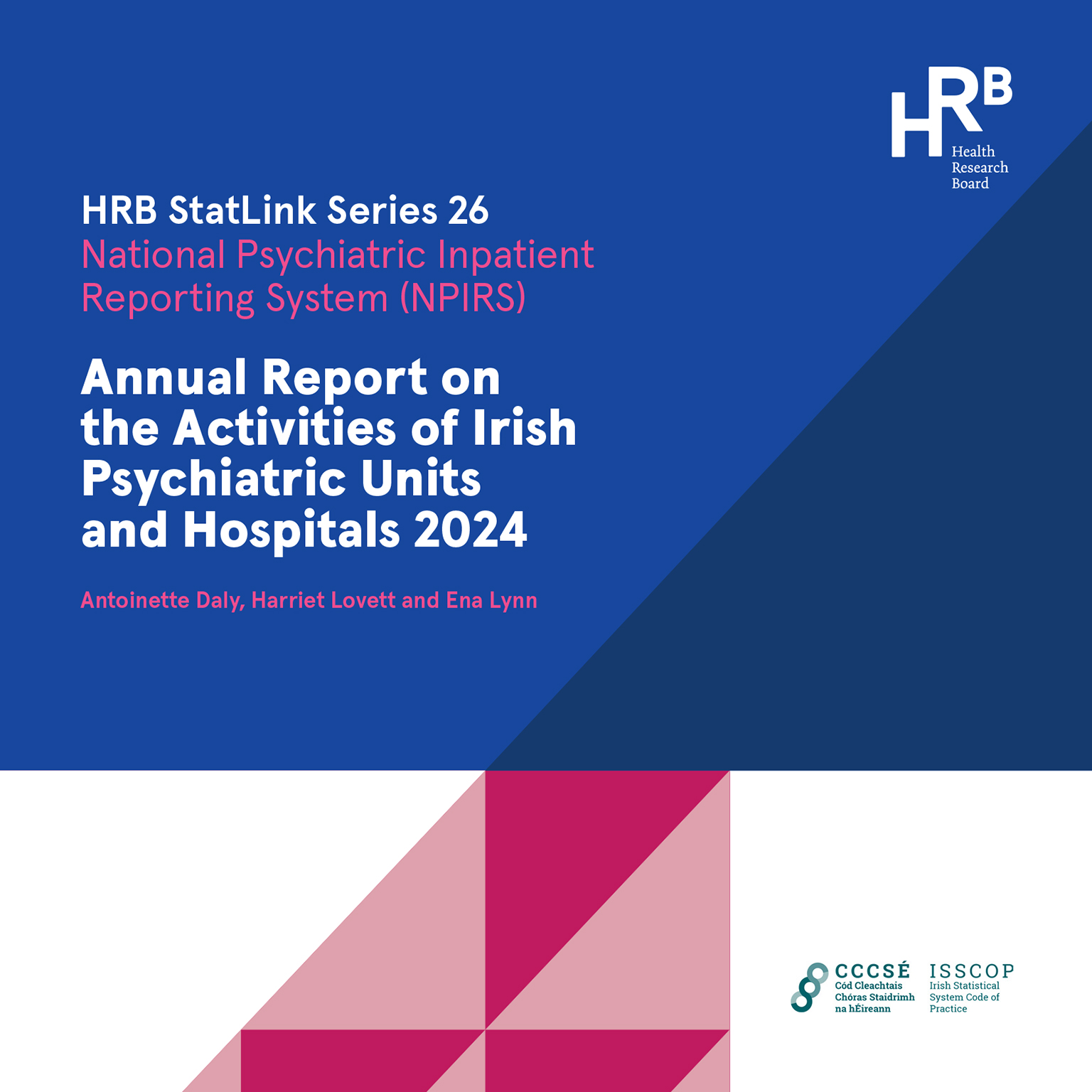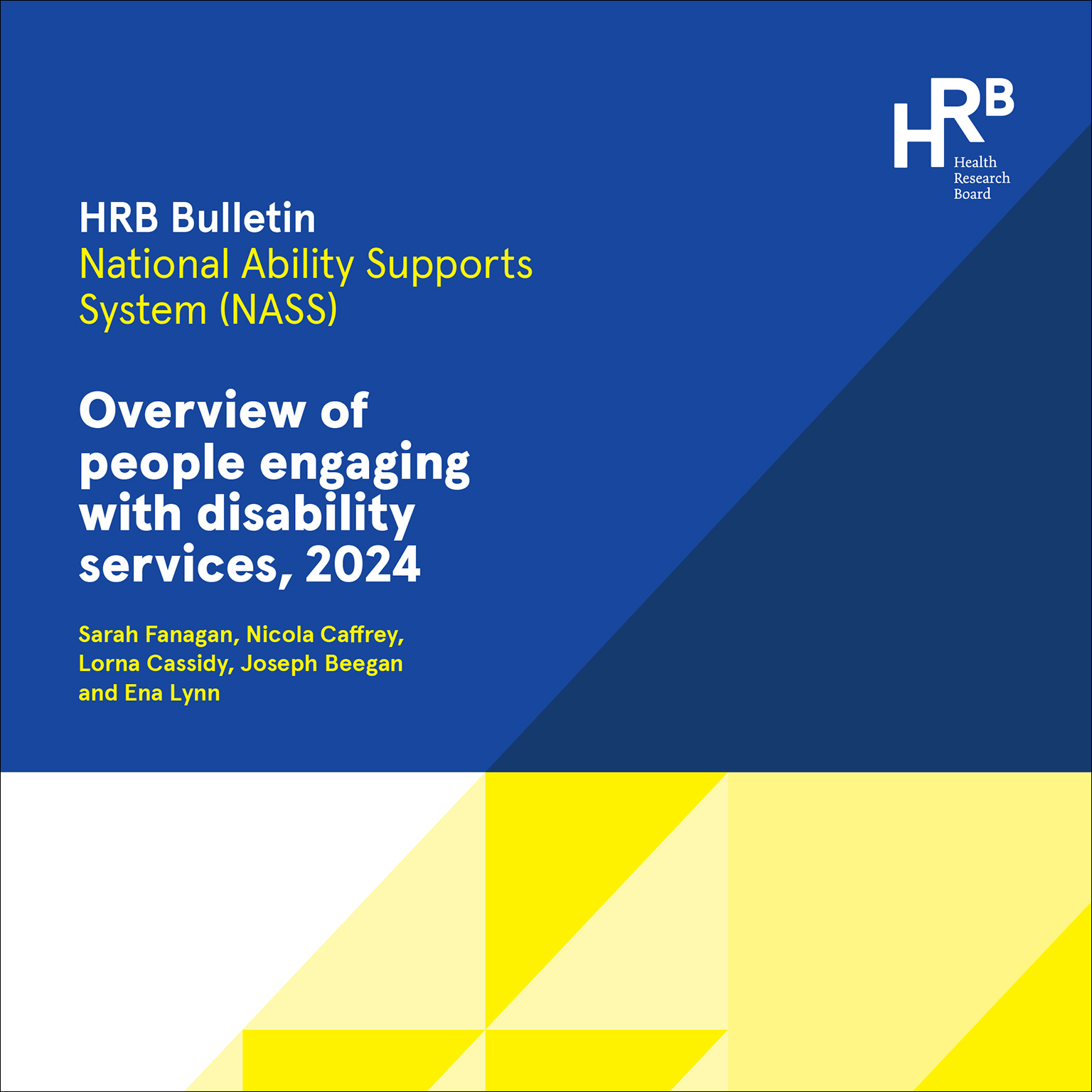HRB publishes bibliometric analysis of HRB-supported publications: 2018-2022
The report documents positive trends in open access publications, fewer uncited publications, and higher than average citations in most health research fields when compared with other funders in Ireland.
2 min read - 19 Apr 2024

The HRB commissioned Digital Science, a technology company specialising in Bibliometrics, to deliver an analysis of HRB-supported publications from 2018 to 2022. The report contains a detailed analysis of the impact of peer-reviewed publications, generated by HRB-funded research within this period and includes broader trend data from 2000 to 2022 where feasible.
Bibliometric analysis of aggregated publication data across a funder’s portfolio serves an important role in assessing the value placed by peers on research outputs. It can illustrate how much these research outputs are subsequently taken up in the research system, how a group of publications compares to similar groups of publications elsewhere, and what the trends are in terms of the development or decline of research fields.
Dr Teresa Maguire, Director, Research Strategy and Funding at the HRB explains,
“Bibliometric analyses as a methodology represents one tool in a basket of tools available to assess health research outcomes; in this case publication impact. It has long been regarded as a robust method to estimate scientific quality and impact of research findings at many levels.
“The HRB’s recent partnership with Researchfish will assist with the systematic and longitudinal tracking of a wide range of other health research outcomes and impacts such as influence on policy and practice and wider societal and economic benefits. This will ensure that we are better able to capture the full picture of health research related impacts that HRB investment has generated”.
Vydehi Muppavarapu, Programme Manager, Monitoring and Evaluation, adds,
“This latest report provides an analysis of trends seen between 2018 and 2022 with 3189 publications produced in the period. 85% of HRB-funded publications were published in open access journals with just 15% in closed ones. Furthermore, the HRB publication portfolio had just 11.6% uncited publications compared to a 50.9% average rate for global publications.
“It illustrates where HRB publication outputs have grown, including Health services and Systems, subsequent to targeted investments in successive HRB strategies.
“The report also underlines the greater potential for reach and impact as a result of transnational research, based on higher citations of papers co-authored with international collaborators.”
An executive summary is available from the HRB website, and the full report can be downloaded from Bibliometric Analysis of HRB Supported Publications (figshare.com).
2 min read - 19 Apr 2024



